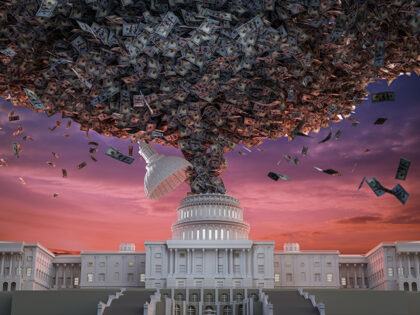Breitbart Business Digest: April Cruelly Crushes Recession Expectations
It looks like we are going to have to wait a bit before we see the most-anticipated recession in living memory.

It looks like we are going to have to wait a bit before we see the most-anticipated recession in living memory.

One of the key gauges of the U.S. business cycle is once again ringing the alarm about an upcoming recession.
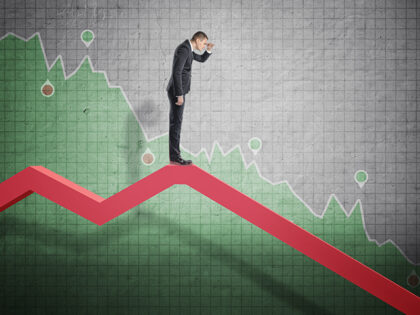
The debate over the debt ceiling is heating up again thanks to House Speaker Kevin McCarthy’s speech this week at the New York Stock Exchange.

Public approval of the Biden administration’s economic policies remains extremely low, and approval of the Big Guy himself keeps falling.

The today’s economic data is hard to square with the idea that the economy is on the brink of a recession.

The bank panic now appears to have been transitory.
Now we know why Federal Reserve officials at the March meeting yanked down their expectations for economic growth for this year and next: the economics staff of the central bank warned that a recession is on the way.
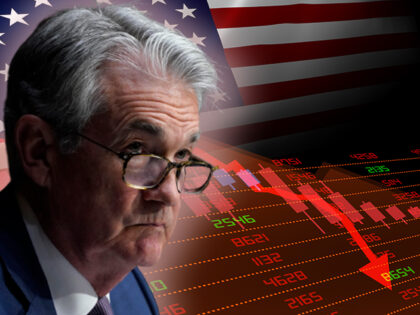
Inflation eased to the slowest pace in two years, but signals of underlying price pressures continue to indicate only minimal progress in restoring price stability.
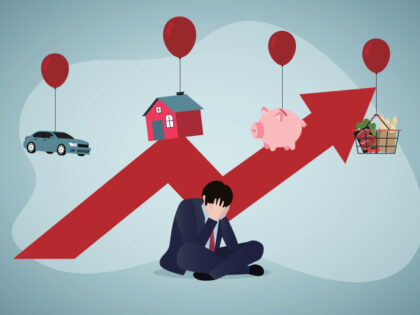
The International Monetary Fund said on Tuesday that it expects bank lending to contract in the U.S. this year, slowing economic growth.
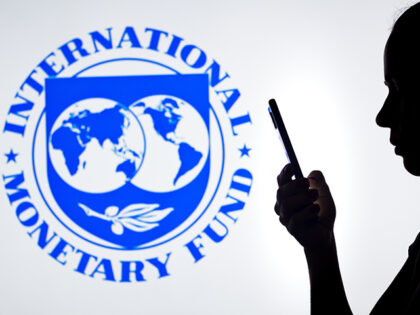
There was no signal in the jobs numbers on Friday that would press the Federal Reserve to back off of raising rates.
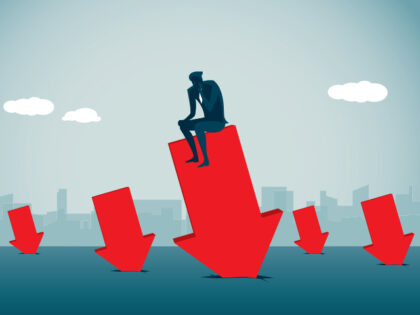
The March jobs numbers that will be reported out of the Department of Labor on Friday may be some of the most consequential of the post-pandemic era.
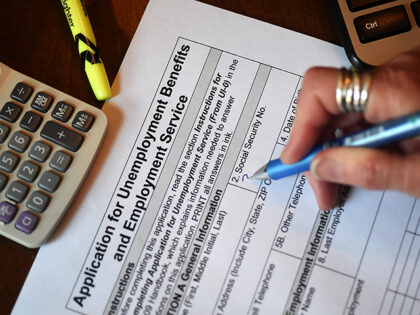
This is not the sort of jobs report you would expect if the economy was teetering on the edge of a recession.

The Fed’s James Bullard Pushes Back Against Wall Street The Federal Reserve has begun to push the market away from the conviction that the second half of this year will see interest rates falling significantly. Federal Reserve Bank of St.
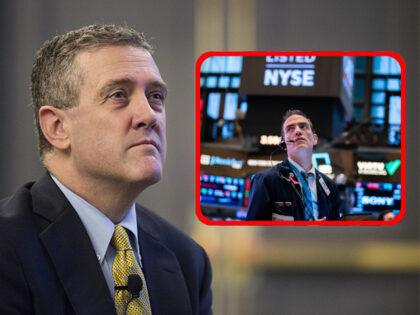
The Bank Panic Is Not Getting Worse The banking panic appears to have receded, at least for the time being. The Federal Reserve on Thursday released its weekly balance sheet report, affectionately known as “factors affecting reserve balances” or “H.4.1”
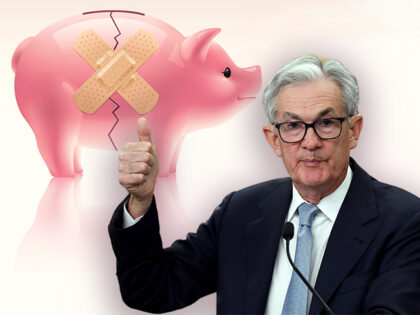
The market may be disappointed that Federal Reserve Chairman Powell turns out to be more Paul Volcker than Arthur Burns in staying the course in his inflation fight.
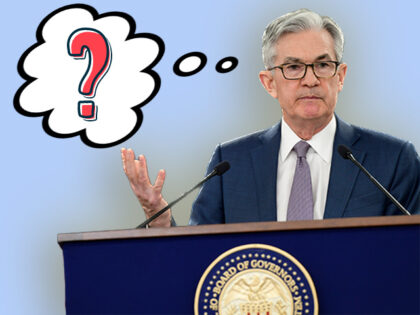
The money supply stayed higher for longer, so inflation and economic growth are likely to stay higher for longer too.
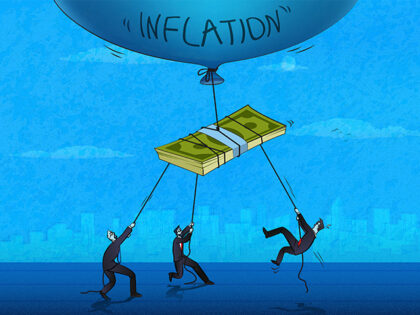
In a system of competitive banking, there will always be banks that misjudge the risks they face, and sometimes this will mean they fail.

The run on Silicon Valley Bank was triggered by depositor concerns over losses the bank had suffered due to rising interest rates. Which raises the question: why was the bank so exposed to interest rate risk?

The market’s conviction that the Federal Reserve is done raising rates and will quickly pivot to cutting became even more extreme at the end of this week.
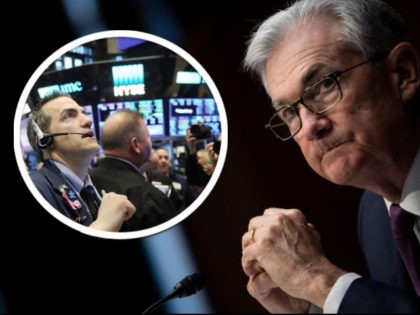
The Federal Reserve appears to expect economic growth to come crashing to an abrupt halt later this year.

The Federal Reserve’s attempt to tighten financial conditions has been increasingly embattled by the market’s view of where economic and financial conditions will be.
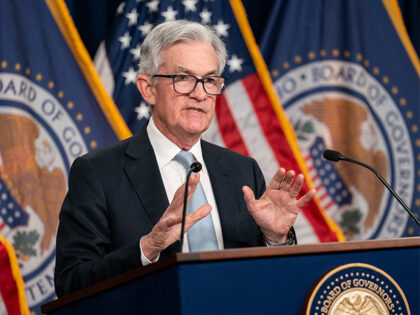
There were more green shoots of a recovery in the housing market to be seen on Tuesday.

As of March 15, the level of borrowings from the Federal Reserve’s liquidity and credit facilities had risen nearly 2,000 percent from the prior week.
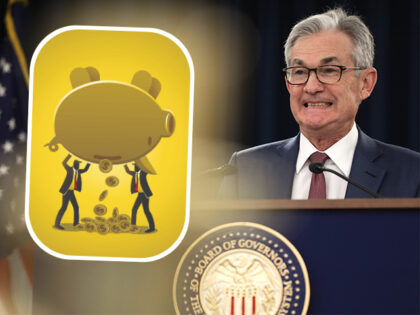
If the Fed were not so distracted by the ongoing run on regional banks, this nascent recovery in housing might be a cause for concern.
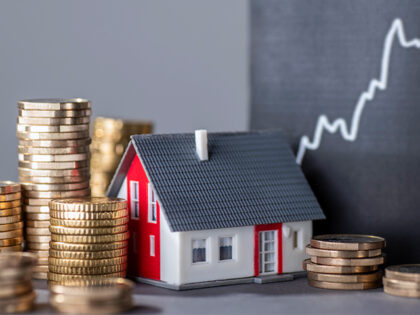
It seems very unlikely that the Federal Reserve will end its rate hike cycle.
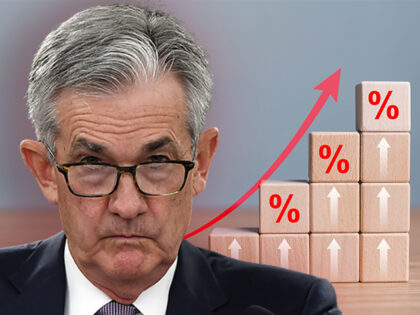
Silicon Valley essentially put the cost of ordinary corporate treasury prudence onto the banking system and got rewarded for it when the government broke its own rules and agreed to back even the largest deposits at Silicon Valley Bank.
There is a clear through line from the spendthrift Biden administration policies to the current crisis.

The sudden implosion of Silicon Valley Bank (SVB) is sending shock waves through the financial system and the technology sector.
Federal Reserve Chair Jerome Powell introduced a third dimension to the Fed’s monetary policy: the pace of interest rate hikes.
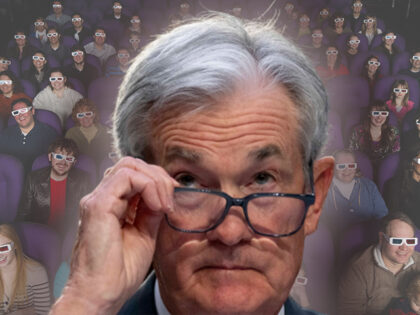
The market’s expectations for the rate hike coming out of the March meeting of the Federal Open Market Committee (FOMC) moved violently on Tuesday as the Fed chief testified before the Senate Banking Committee.
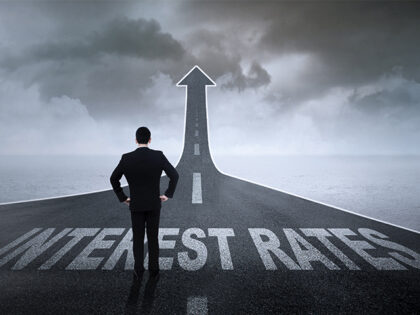
The most entertaining scene in Tuesday’s Senate hearing on monetary policy was also its most enlightening, highlighting two opposing views of inflation and the underlying mechanics of the U.S. economy.

The services sector index for February shows that progress on inflation has definitely stalled as demand for services remains strong.
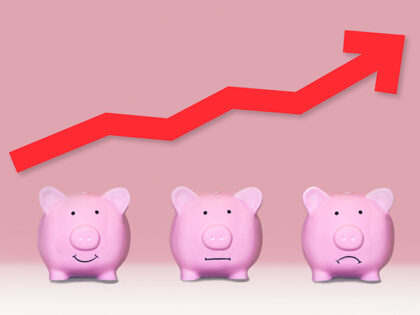
Government stimulus payments during the coronavirus pandemic may have played a larger role than thought in fueling inflation.

The surge in inflation witnessed in January appears to be more persistent than expected.

Jerome Powell finally got some good news today: the American people grew increasingly pessimistic about the economy in February.
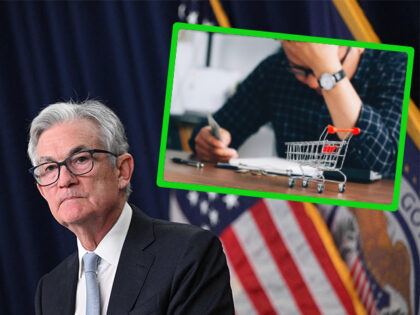
We’re still awash in data showing January was a month of unexpectedly strong growth and resurgent inflation.

The personal consumption expenditure data released Friday confirmed the January inflationary boom.
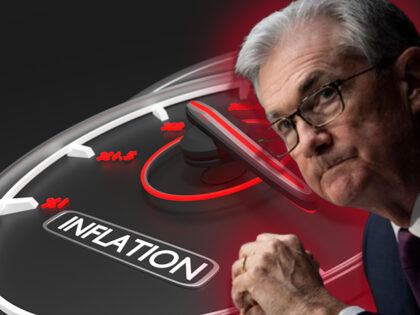
Republican politicians are acting in ways that suggest they are not enthralled to political donations from financial companies and other big corporations.
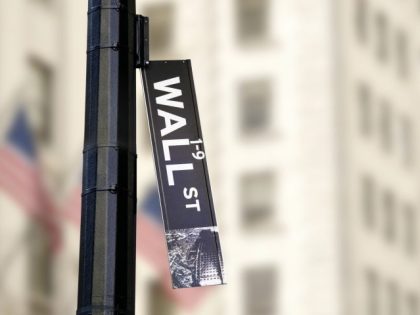
A formerly-confidential memo from half a century ago suggests that the Federal Reserve may have a failsafe in the event of a protracted debt ceiling fight.

The U.S. is extremely unlikely to default on its debt, no matter how badly the negotiations over the debt ceiling break down.
